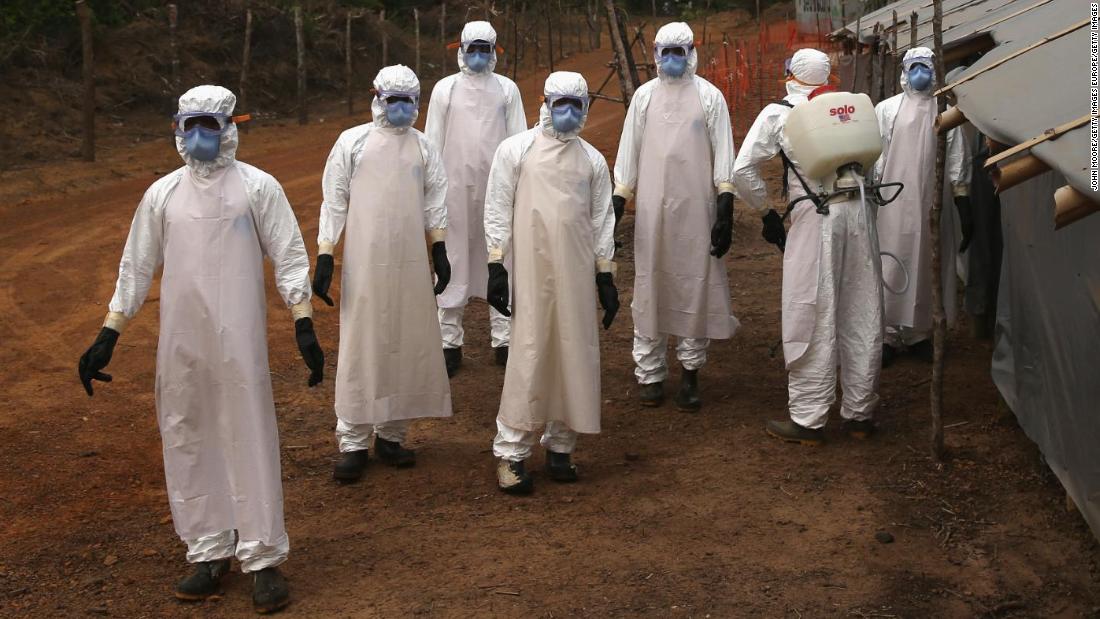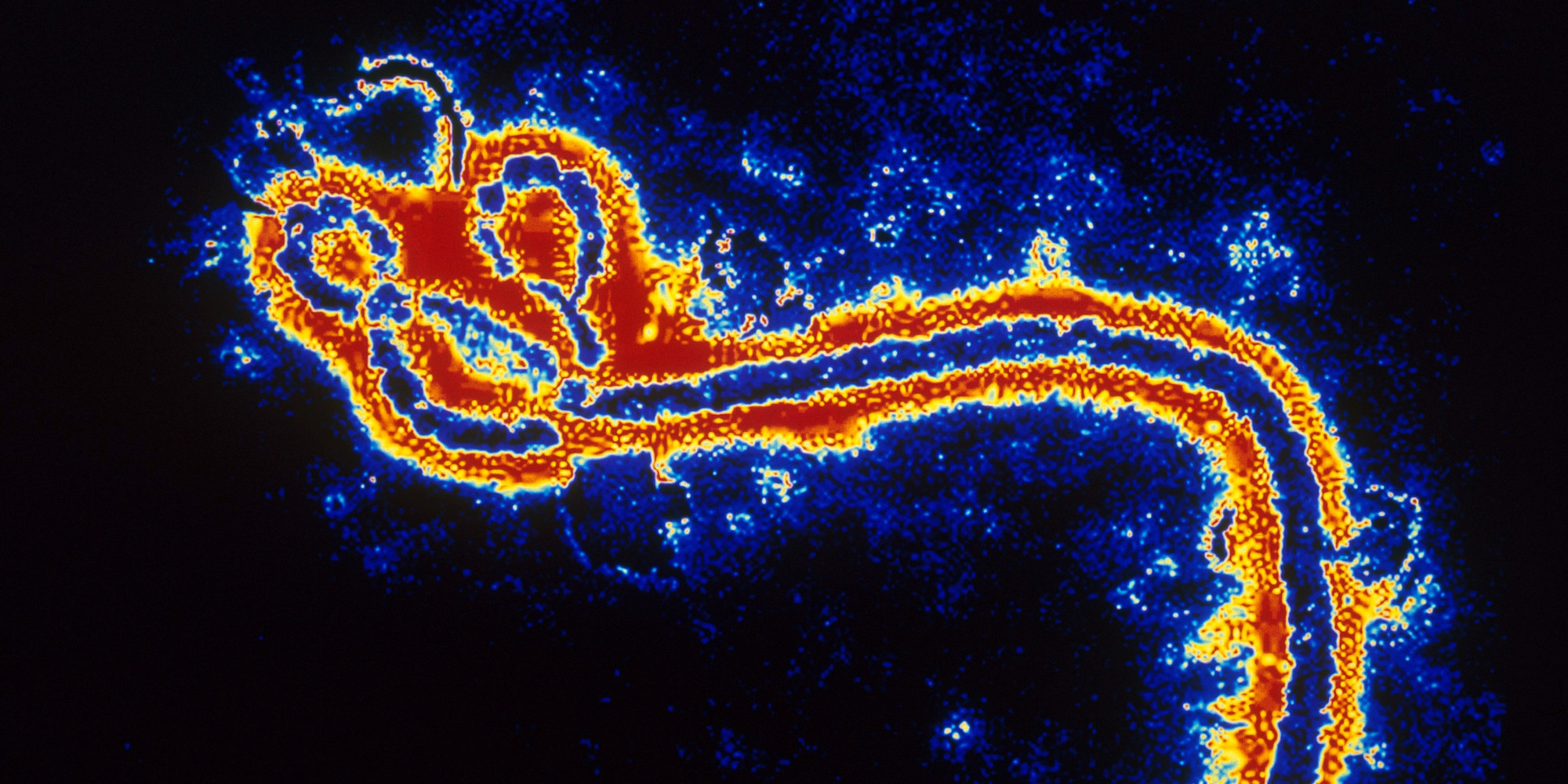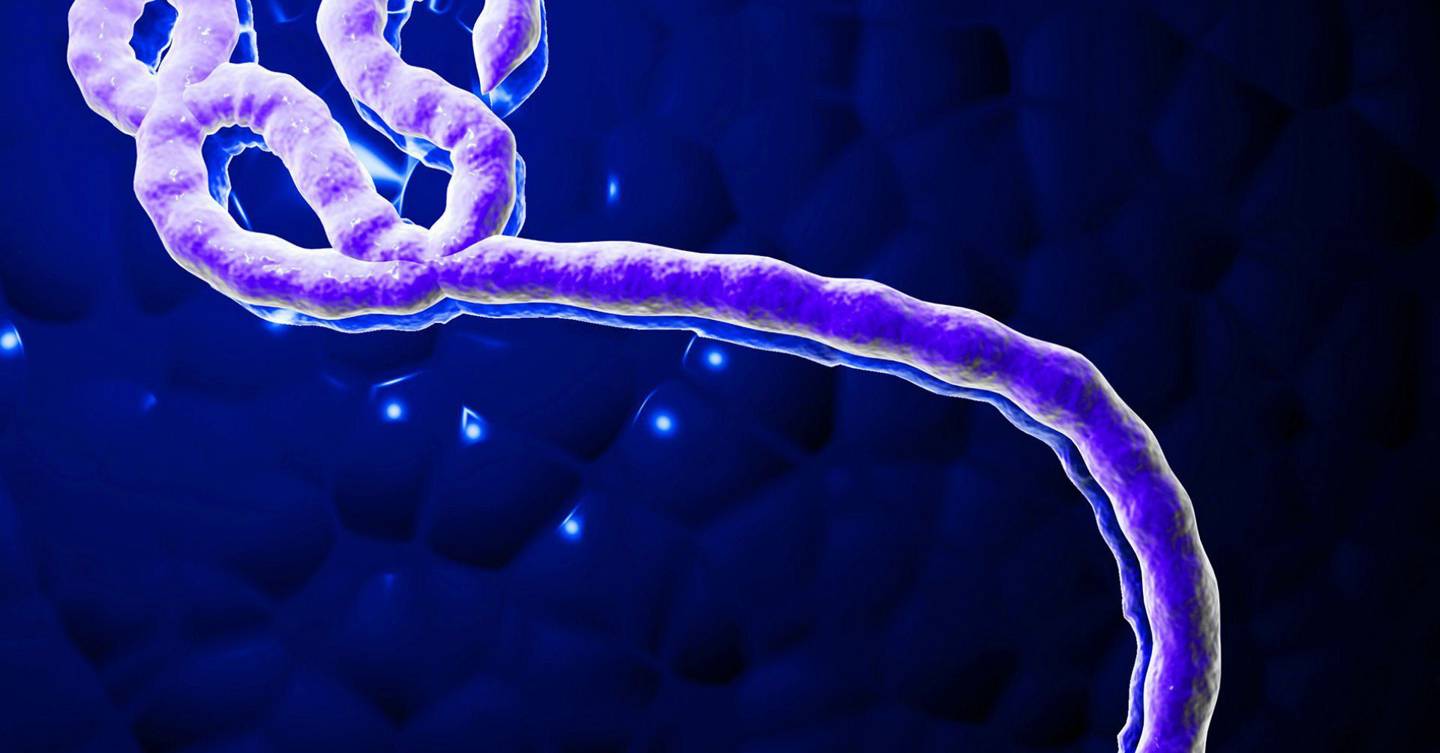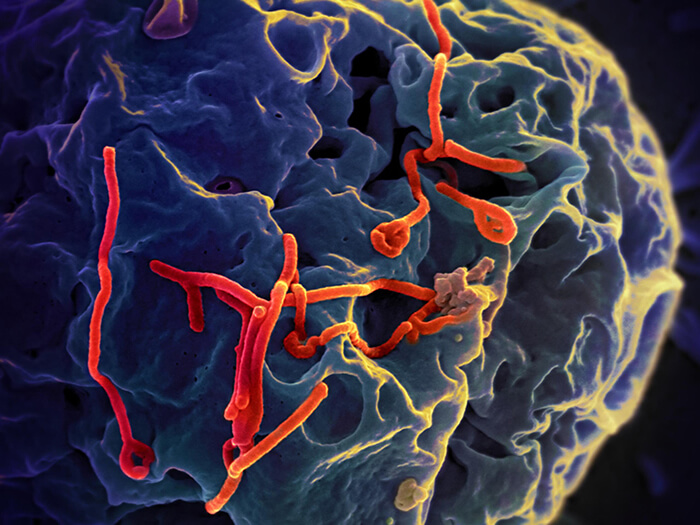Table of Contents
- The Ebola Virus in West Africa – The Numbers - Briefly - WSJ
- Ebola Virus: Lessons from a Unique Survivor – NIH Director's Blog
- 35 Stunning Examples Of Photomicrographs
- Breakthrough in rapid, mass screening for the Ebola virus
- The Ebola death toll exceeds 1,600. This is what it’s like on the front ...
- Fighting Ebola: Detective work, cultural awareness - CNN
- The Ebola virus mutated to better infect humans during the 2014 ...
- Joining forces to fight Ebola - Civil Service Quarterly
- What Next For The Ebola Outbreak? Here's What The Math Says | HuffPost
- Ebola DNA sequenced to track outbreak | WIRED UK



What is Ebola?



Symptoms of Ebola


How is Ebola Transmitted?
Ebola is transmitted through: Direct contact with infected blood, bodily fluids, or tissues Contact with objects contaminated with infected bodily fluids Close contact with an infected person, such as touching or caring for them Contact with infected animals, such as fruit bats or nonhuman primates The virus can also be spread through medical procedures, such as injections or surgeries, if proper infection control measures are not in place.
Prevention and Control
Preventing and controlling Ebola requires a multi-faceted approach. The CDC recommends: Avoiding close contact with people who are sick with Ebola Avoiding contact with infected bodily fluids Wearing personal protective equipment (PPE), such as gloves and masks, when caring for patients Practicing good hygiene, such as frequent handwashing Avoiding eating or handling bushmeat, which can carry the virus The CDC also provides guidance on infection control and prevention in healthcare settings, including the use of PPE, proper disinfection and sterilization, and safe handling of medical waste.